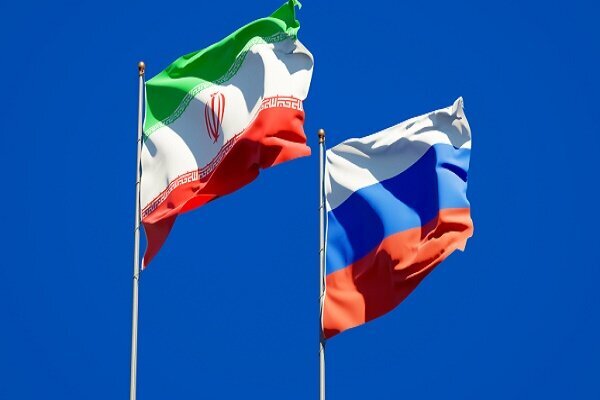India & UAE Settle Trade Payments In Rupee, To Establish Direct Payment Mechanism Soon
Introduction
In a significant development, India and the United Arab Emirates (UAE) have taken a major step towards strengthening their economic ties by agreeing to settle trade payments in the Indian Rupee (INR). This landmark decision marks a new era in the bilateral trade relationship between the two nations, promising increased economic cooperation and potentially reducing dependence on foreign currencies for trade transactions. In this blog post, we will delve into the details of this significant development, its implications, and what it means for the future of trade between India and the UAE.
The Significance of the Trade Payment Agreement
Reducing Currency Risks: One of the primary reasons for this agreement is to mitigate currency risks associated with trading in foreign currencies. Historically, India and the UAE have conducted their trade in US dollars or other foreign currencies. Fluctuations in exchange rates have often impacted the cost of imports and exports for both nations. By using the Indian Rupee as the settlement currency, both countries hope to minimize such risks.
Enhanced Bilateral Trade: India and the UAE have been important trade partners for years, with significant imports and exports of goods and services. This agreement is expected to boost bilateral trade by making transactions more efficient and cost-effective. It will also encourage businesses from both nations to explore new trade opportunities.
Strengthening Economic Ties: Beyond trade, this move is expected to strengthen economic ties between India and the UAE. The two countries have a history of cooperation in various sectors, including energy, infrastructure, and technology. Settling trade payments in INR could lead to further collaboration in these areas.
Diversifying Payment Options: By offering an alternative to the US dollar for trade settlements, both countries aim to diversify their payment options. This diversification can provide more financial stability and flexibility in times of global economic uncertainty.
The Mechanism for Trade Payments in Rupee
While the decision to settle trade payments in INR is a significant step forward, the exact mechanism for implementing this change is still under development. Here are some key points to consider regarding the upcoming direct payment mechanism:
Central Bank Cooperation: The central banks of both countries will play a crucial role in establishing and overseeing the direct payment mechanism. They will need to work together to create a seamless process for businesses and financial institutions.
Banking Infrastructure: Financial institutions in both India and the UAE will need to adapt their banking infrastructure to accommodate payments in INR. This may involve setting up INR-denominated accounts and ensuring smooth fund transfers.
Regulatory Framework: The two countries will need to establish a clear regulatory framework to govern trade payments in INR. This framework will address issues such as foreign exchange rates, transaction fees, and dispute resolution.
Business Adoption: Ultimately, the success of this initiative will depend on how quickly businesses in both countries adopt the new payment mechanism. Education and outreach efforts may be necessary to encourage businesses to make the switch.
Conclusion
India and the UAE's decision to settle trade payments in the Indian Rupee represents a significant step forward in their economic relationship. This move not only reduces currency risks but also has the potential to strengthen bilateral trade, enhance economic ties, and diversify payment options.




Comments
Post a Comment